Using the Great Teaching Toolkit to Enhance Teaching blog was written by Shahla Ahmadova teacher of computer science at Shenzhen College of International Education.
A Reflective Journey at Shenzhen College of International Education
In 2023, I embarked on an exploration of the Great Teaching Toolkit (GTT) at Shenzhen College of International Education. Initially, my expectations of the GTT were grounded in a common perception of professional development resources: I anticipated it would be another theoretical tool offering abstract strategies but with limited practical applications. As teachers, our time is stretched thin with lesson planning, grading, giving feedback, managing pastoral and academic responsibilities, and maintaining high standards of teaching and learning. Parallel with that we are also engage in CPDs, implement new strategies in the classroom, gather evidence, analyze outcomes, and adjust our methods accordingly.
Unlike many CPD platforms that offer generalized academic advice, Evidence Based Education provides practical, actionable guidance that can be directly applied to classroom practice. This hands-on approach allows for the continuous refinement and improvement of teaching methods, which ultimately enhances student learning outcomes.
A Practical Approach to Teaching Improvement
In addition to using the GTT, I had the opportunity to attend a Teaching and Learning training session last year, led by Rob Coe, Director of Research and Development at Evidence Based Education. This experience was eye-opening. Not only did I gain valuable insights into evidence-based teaching strategies, but I also connected with educators from various grade levels who were using the GTT in their own classrooms. The conversations and shared experiences about the positive impacts the GTT was having on student learning were inspiring.
Returning from the training, our school’s Academic Deputy Principal initiated a pilot project and opportunity for test and integrate GTT surveys into our classrooms. We focused on how these could improve our understanding of student motivation, teaching effectiveness, and overall classroom dynamics.
Empowering Teachers Through Student Feedback
As an educator, I often reflect on key questions: Do I feel in control of my teaching methods and classroom decisions? Am I providing opportunities for my students to express their own choices in learning? How can I foster a more autonomous learning environment? These inquiries motivate me to create a classroom atmosphere that promotes student agency and ownership of their learning experiences. One key takeaway from the workshop was a fundamental shift in my thinking: students are the best observers of our teaching. They are the ones who experience our instruction day in and day out, see our teaching patterns, and compare our approaches with those of other subjects. Their insights are invaluable in fine-tuning our teaching methods. In line with this, I began to see student feedback not just as a tool for improving lessons, but as a continuous feedback loop that reveals trends in both teaching and learning
This semester, for my professional development target, I have set Dimension 2: Student Motivation from the Model for Great Teaching as a key target for reflection. My action plan involves systematically collecting and analyzing student feedback through the GTT survey. I plan to examine this data alongside students’ performance in class activities, assignments, and projects to adapt my teaching strategies more effectively.
Implementing Student Motivation in G1 (Year 10) Computer Science
One of the key areas of focus for me for this semester has been the implementation of the Great Teaching Toolkit (GTT) in my G1 (Year 10) Computer Science classes. These students are new to both the school and the Cambridge curriculum, and many have had little to no prior exposure to Computer Science. As a result, they are especially prone to losing motivation early on, particularly when they encounter difficulties during the first few weeks of the semester.
When students struggle with a new subject, it’s easy for them to lose interest, especially if they feel they are not succeeding. As a teacher, it became clear to me that the key to keeping these students engaged was to create a learning environment that was both supportive and motivating . This requires paying attention to both their emotional and academic needs, while being responsive to their feedback.
To gain a better understanding of how my students felt about their Computer Science learning experience, I used the GTT surveys. Their responses provided valuable insights into their motivations, fears, and challenges. With this information, I was able to make more informed decisions about how to adjust my teaching approach, tailor my support, and create a classroom environment that would be more motivating and engaging for them.
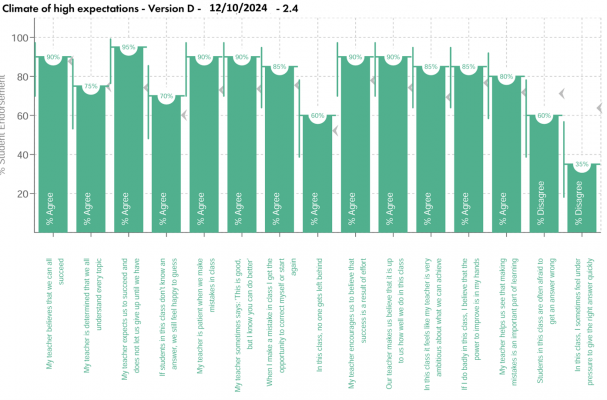
Figure 1:Showing survey data from Dimension 2 from the Model for Great Teaching
A Holistic Approach: Balancing Motivation with Cognitive Engagement
While fostering motivation as a critical aspect of teaching, I also want to focus on promoting deeper cognitive processing and maximizing opportunities for meaningful learning. This is where the Dimensions 3 and 4 frameworks of the GTT came into play. These dimensions focus on aspects like teacher clarity, questioning techniques, and the provision of feedback—elements essential for engaging students in higher-order thinking.
In parallel with addressing student motivation, I worked on strengthening these dimensions in my own teaching practice. I integrated new pedagogical strategies designed to increase cognitive engagement while also ensuring that the classroom environment remained motivating and responsive to student needs. Timely student surveys allowed me to adjust my strategies as I went along, making real-time changes based on student expectations and areas for improvement.
A Feedback Loop for Continuous Improvement
Through this approach, I established a continuous feedback loop between my teaching strategies and student responses. This allowed me to remain agile in my practice, adjusting lessons based on the data I collected through the GTT surveys. The insights gained from these surveys, combined with real-time classroom observations, gave me a more nuanced understanding of my students’ needs and expectations.
The outcome of this process has been a more responsive and personalized teaching approach, leading to increased student engagement and better learning outcomes.
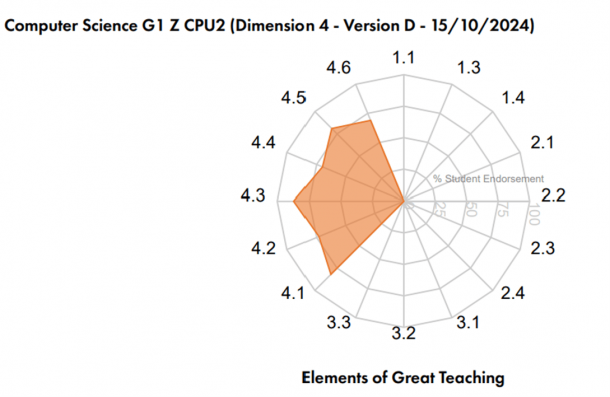
Figure 2: Showing survey data from Dimension 4 radar plot
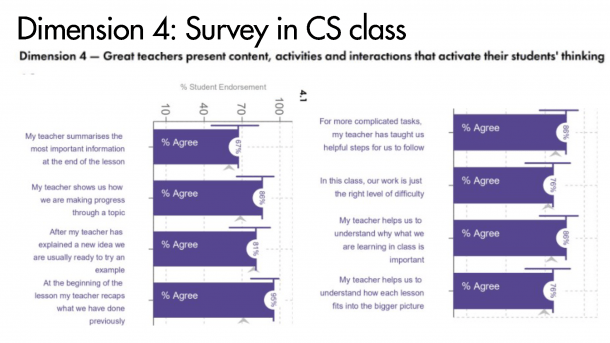
Figure 3: Showing survey data from Dimension 4 – Activating hard thinking
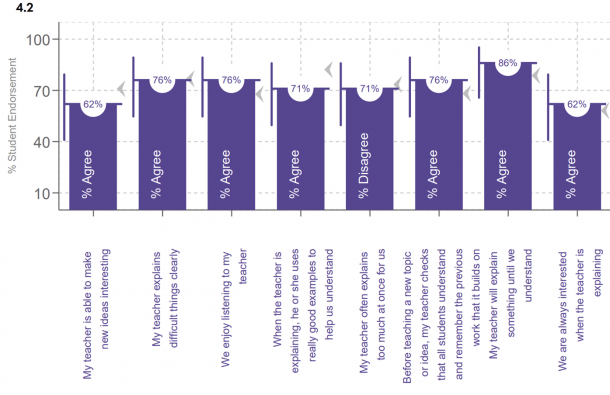
Figure 4: Showing a set of survey data from Dimension 4 from the Model for Great Teaching
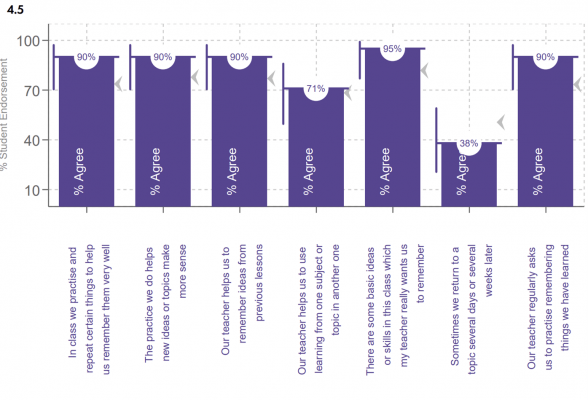
Figure 5: Showing another set of survey data from Dimension 4 from the Model for Great Teaching
Conclusion: The Power of Evidence-Based Teaching
Reflecting on the implementation of the GTT at Shenzhen College of International Education has reinforced for me the value of evidence-based teaching practices. Rather than relying on abstract theories or generic teaching strategies, the GTT provides teachers with the tools to assess their own practice through the lens of student feedback and performance. This empowers educators to make real-time adjustments that lead to more effective teaching and better student outcomes.
The GTT has not only helped me become a more reflective and responsive teacher, but it has also strengthened my commitment to fostering an environment where students are motivated, engaged, and given the autonomy to take charge of their own learning. Ultimately, this approach has not only improved my teaching practice but has also contributed to a more positive classroom climate, one where students feel heard, supported, and motivated to succeed.





